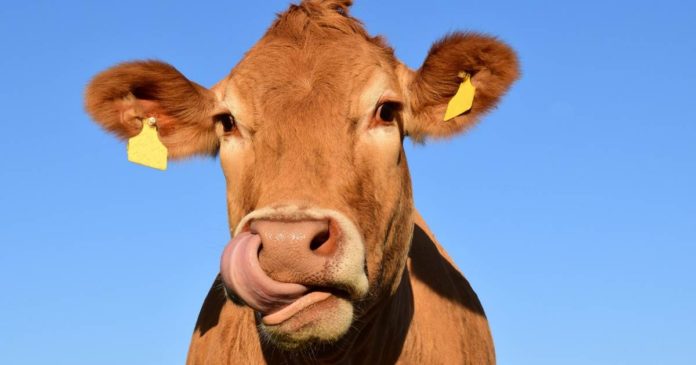A couple of studies are helping to fill in gaps in knowledge concerning the use of industrial hemp as feed for cattle, with more research to come.
Just about all of the hemp plant can be used – the seeds for food and fuel, the flowering heads for medicine and the fibre for textiles to name just a few applications. Even leaves and other crop residues can be used to improve the soil of the fields in which the plants are grown. But crop residues have other potential uses as well, including stock feed. Dutch farmers have been feeding dairy cows industrial hemp for some years.
But as in many places, feeding hemp products to livestock remains banned in the US state of Kansas over concerns for the potential of cannabinoids accumulating in meat and milk. Considering the very low levels of cannabinoids in the stalk and leaves, it shouldn’t be a problem; but this needs to be scientifically proven.
K-State researchers recently received a $200,000 grant from the U.S. Department of Agriculture’s National Institute of Food and Agriculture to study the level of cannabinoids present in livestock after they’ve been munching on industrial hemp.
The team has already observed acidic cannabinoids such as CBDA and THCA are more readily absorbed from the rumen (the first stomach of a ruminant animal, such as cattle) than other nonacid cannabinoid forms, such as CBD and CBG. Their next steps are to study the tissue and milk residue depletion profiles of these cannabinoids after animal feeding experiments; and there will be follow up studies examining the effect of feeding hemp on animal behavior and immune function.
“Our goal is to fill in the knowledge gaps,” said Michael Kleinhenz, assistant professor of beef production medicine at K-State. “Until feedstuffs containing hemp are established as safe in animals, our data will assist producers in managing situations involving intentional or unintentional hemp exposures.”
Two studies from their research have been published so far; one relating to nutrient concentration, digestibility and cannabinoid concentration of various components of hemp, and another on plasma concentrations of eleven cannabinoids in cattle after they have been fed hemp.
Closer to home, there are other related studies under way – with research in Tasmania and Western Australia looking into hemp as a sheep feed.


